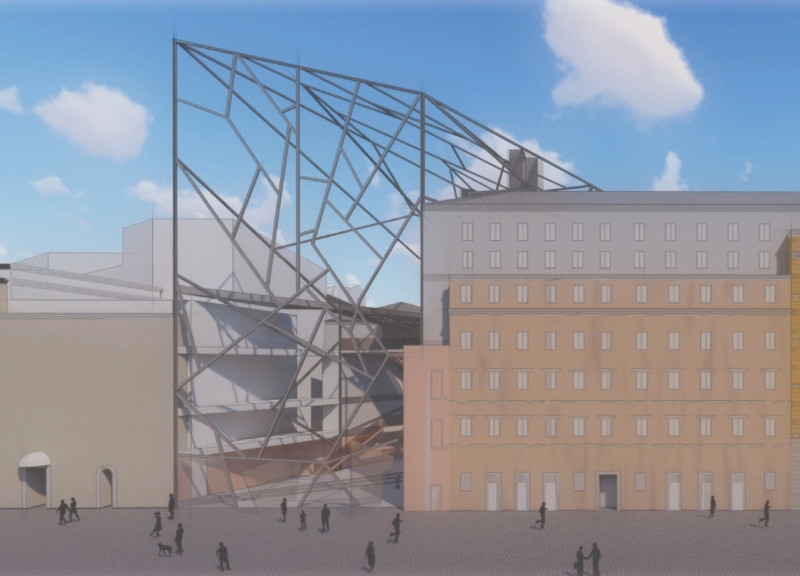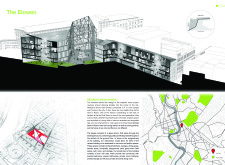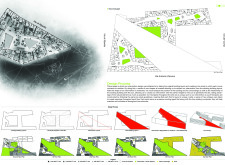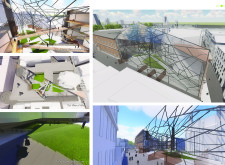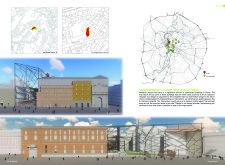5 key facts about this project
The architectural project under analysis presents a contemporary design that emphasizes sustainability and integration with the surrounding environment. Located in [geographical location], the project embodies a thoughtful approach to creating functional spaces that harmonize with the natural landscape. This initiative serves as a model for modern architecture that prioritizes environmental responsibility while addressing the needs of its users.
This project encompasses a variety of spaces designed for multifaceted functionalities. The layout features an open floor plan that promotes adaptability, allowing for various uses from communal gatherings to individual activities. Large windows throughout enhance natural lighting, reducing reliance on artificial light sources and ensuring a seamless connection to the outdoor environment. Furthermore, the provision of outdoor areas reflects a commitment to enhancing user experience through direct interaction with nature.
The architectural design differentiates itself through several unique approaches. One significant aspect is the integration of local materials, such as cross-laminated timber and natural stone. This choice not only minimizes transportation impacts but also resonates with the cultural context of the area. The building's structure incorporates renewable resources, promoting a narrative of sustainability that extends beyond the life of the building. Additionally, the form of the structure, with its fluid contours, echoes the natural topography, allowing the building to emerge as a cohesive part of the environment rather than an isolated entity.
Another unique element is the strategic landscaping that surrounds the project. The use of native vegetation supports local biodiversity and requires minimal irrigation. Pathways and outdoor seating areas are thoughtfully designed to encourage exploration and relaxation, thus enhancing the overall user experience while reinforcing the connection between indoor and outdoor spaces.
The architectural plans reflect a meticulous consideration of energy efficiency, utilizing passive design strategies such as solar orientation and thermal mass to minimize energy consumption. These strategies are evident in the orientation of the building, which maximizes natural light and promotes cross-ventilation, contributing to an overall reduction in the building's carbon footprint.
Within the project, architectural sections detail the thoughtful interplay between structure and landscape. The design utilizes varying ceiling heights and material changes to create distinct spaces while maintaining an overarching unity. These elements not only serve a functional purpose but also provide visual interest that engages those who interact with the spaces.
For a comprehensive understanding of the project's distinct features, including detailed architectural plans, sections, and design elements, readers are encouraged to explore the full presentation. Insight into the architectural ideas and approaches can be gained by examining how the project addresses contemporary challenges in architecture, such as sustainability and user-centric design.


